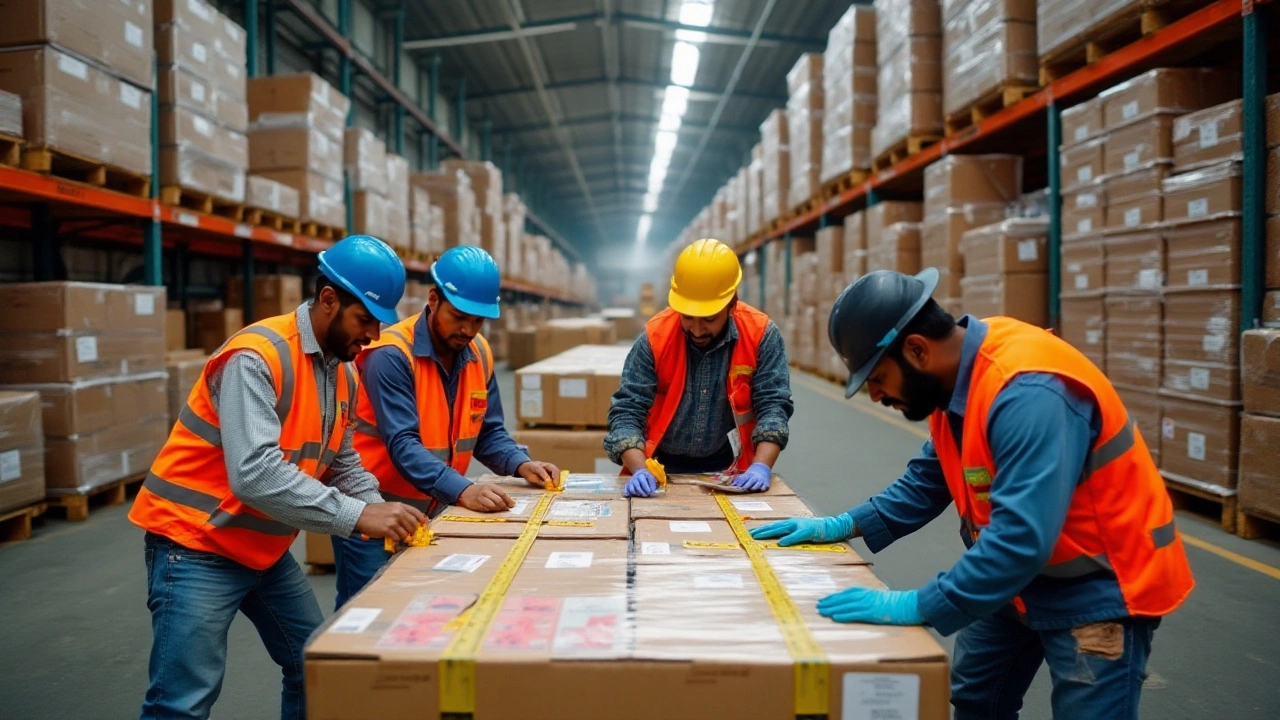Delivery Requirements: What You Need to Know
When you ship a product, every step has a rule that can make or break the delivery. From the moment a customer clicks ‘buy’ to the final hand‑off at the door, knowing the exact requirements saves time, money, and headaches. Below you’ll find the most common delivery questions answered and quick links to deeper guides on each topic.
Core Requirements for Every Shipment
First, pick the right shipping method. E‑commerce delivery, same‑day courier, and international freight each have their own pricing model, speed, and paperwork. Check the delivery cost per mile and see if a rate per mile surcharge applies to your route. Next, verify cut‑off times – the deadline a package must be handed to the carrier to qualify for next‑day or overnight service. Miss it, and you’ll lose the promised delivery window.
Packaging matters too. A courier package needs sturdy boxes, proper labeling, and clear dimensions so the carrier can calculate space and weight accurately. If you’re sending fragile or high‑value items, add insurance and consider a dedicated courier collection service to avoid missed pickups.
Special Situations: International Shipping and Warehouse Management
Shipping abroad adds customs forms, duty calculations, and stricter carrier restrictions. Our guide on most reliable international shipping companies walks you through the best players and how to keep costs down. For businesses with large inventories, a Warehouse Management System (WMS) or Transport Management System (TMS) can automate order routing, track stock, and ensure compliance with local regulations.
When you plan the last mile, remember that last mile delivery time varies by city traffic, address accuracy, and the carrier’s network. Some providers offer real‑time tracking that updates the status “package received by courier,” letting you and your customer see exactly where the parcel is.
Putting all these pieces together creates a smooth delivery process. Use our checklist: choose the right carrier, confirm cut‑off times, pack properly, file customs paperwork for overseas orders, and leverage warehouse software for inventory control. Following this flow means fewer delays, lower costs, and happier customers.
Ready to dive deeper? Check out the specific articles listed under this tag – from “What Is E‑commerce Delivery?” to “Current Rate Per Mile: How Delivery Costs Stack Up in 2025.” Each post breaks down a single requirement into easy steps you can apply today.
Keep this page bookmarked. As delivery standards evolve, we’ll add fresh tips and tools so your logistics stay ahead of the curve.
Essential Guide to Amazon Pallet Delivery Requirements
Delivering products through Amazon’s pallet delivery service involves meeting specific requirements to ensure smooth shipping operations. This article explains the essential aspects of preparing for pallet delivery, including size and weight restrictions, labeling standards, and safety protocols. It also highlights some handy tips for efficient packaging and the selection of suitable pallets to avoid common pitfalls. By understanding these requirements, businesses can improve their shipping experience, adhere to Amazon’s guidelines, and ultimately enhance their logistics efficiency.
Read More